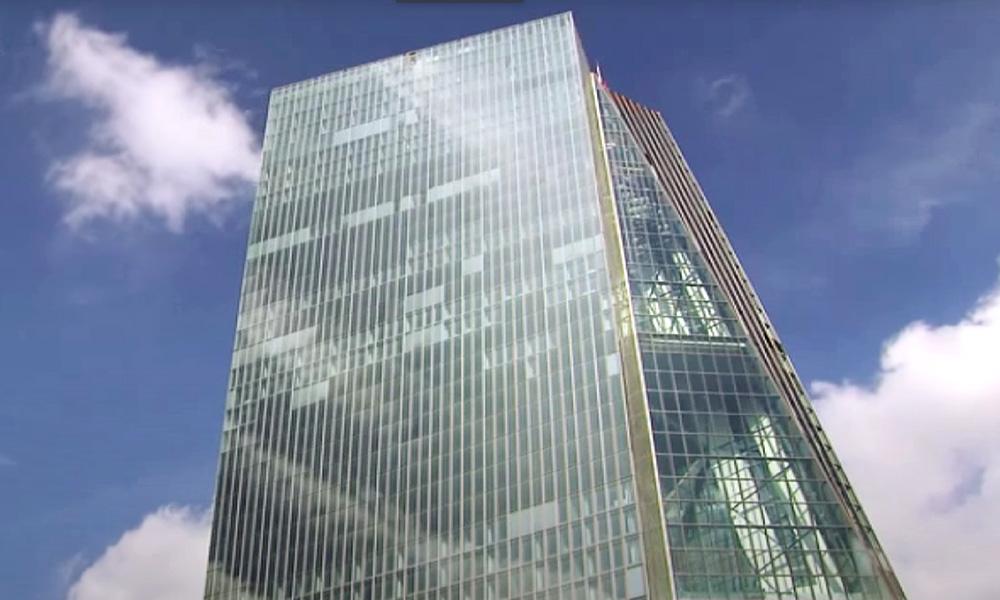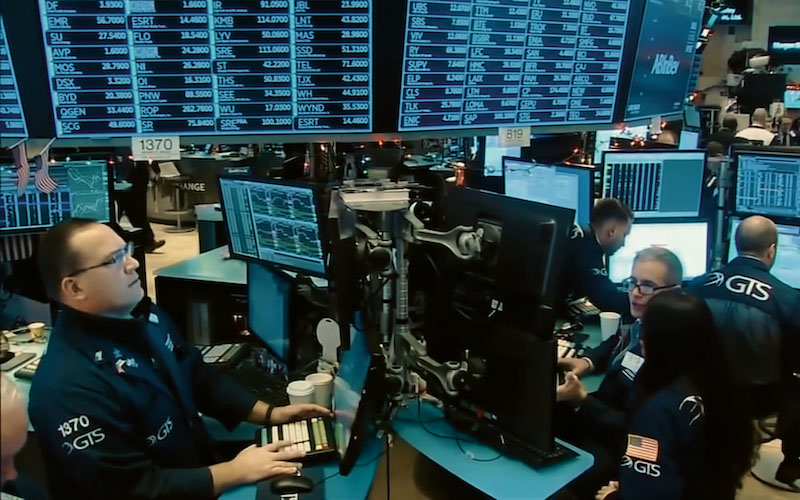The minutes hint at a new easing path. Will the strong euro lead to an early rate cut?
2025-07-03 22:08:56

Judging from the minutes, this is not just an explanation of short-term fluctuations in the data, but a discussion on whether the monetary policy framework needs greater flexibility. Analysts believe that if the ECB adopts a "price level target system" and allows inflation to rebound compensatorily in the future, "short-term downward penetration" will not trigger excessive policy responses. Under the current system, policymakers still tend to believe that as long as the labor market does not deteriorate significantly, the risk of low inflation is generally controllable. However, analysts believe that exogenous factors brought about by energy price fluctuations and the strengthening of the euro may turn "temporary" low inflation into a more lasting phenomenon.
Differences in policy stance: Is the neutral interest rate already loose?
The statement of the monetary policy stance in the minutes is also intriguing. Although the ECB has cut interest rates seven times in a row in the past year, the most recent cut was another 25 basis points, there is still internal discussion on whether the current interest rate level is "neutral". Some members believe that interest rates are close to or below the neutral level, which means that substantial easing is already underway, especially against the backdrop of a rebound in lending shown in bank credit surveys.
It is interesting to note that President Lagarde once publicly questioned the feasibility of the "neutral interest rate", but the technical differences among members in the minutes show that market participants cannot predict the interest rate path based solely on the wording of the press conference. Analysts warned that the future interest rate trend will be more subject to the repeated game of the definition of "neutral" within the ECB, especially when economic and credit data are improving, the internal resistance to further relaxation may increase.
The two-way impact of minority resistance and market expectations
Although "almost all members" support the latest rate cut proposal put forward by Chief Economist Lane, "a few members" still raised objections, pointing out that the recent downward revision of inflation is more due to changes in energy and exchange rates, and may not reflect the fundamentals of weak demand. Although such a minority voice is not enough to reverse the overall policy, it means that the decision-makers have potential variables in the rhythm and magnitude of whether to continue to cut interest rates in the future.
More importantly, the minutes confirmed that macroeconomic forecasts rely on market interest rate expectations themselves, forming a cycle of "expectations affect forecasts, and forecasts affect expectations again." Analysts pointed out that this dynamic game between policy and the market requires the central bank to be more cautious about misaligned expectations when guiding the path, especially in the context of further easing of 50 basis points in the future. Any unexpected economic data or external shocks may force policy adjustments to be brought forward or intensified.
The double-edged sword effect of a strong euro
The euro continued to strengthen after the June meeting, and the minutes also admitted that this posed a new challenge to the ECB. The strong euro not only weakened export competitiveness, which was equivalent to imposing "invisible tariffs" on the economy, but also depressed inflation through the impact of imported prices, making the already weak inflation more likely to "break down".
Analysts believe that although energy prices and exchange rates are exogenous variables, their transmission effect on the price path cannot be underestimated. Once the strong euro continues, the European Central Bank may have to increase the easing to offset its inhibitory effect on prices. Especially when the trade situation has not deteriorated significantly, if the exchange rate continues to strengthen, a single interest rate cut may not be able to stabilize expectations, and further easing may appear in the September window.
Outlook: The interest rate cut window and policy watershed
The comprehensive minutes show that analysts believe that the ECB is currently at a critical policy turning point. On the one hand, structurally low inflation and a strong euro are accumulating conditions for further interest rate cuts; on the other hand, internal differences, credit recovery and labor market resilience restrict the space for too rapid relaxation. Analysts predict that if there is no new fiscal stimulus to provide strong support for the economy by then, September may become the next key interest rate cut point, and the extent of easing may depend on the evolution of exchange rates and trade conditions.
The signal released by the minutes is clear: the ECB has not yet reached a consensus on whether it can tolerate a "downward penetration" of its target inflation, and whether the policy framework needs to shift to a more flexible price level target system will also become an important point of contention within the Council in the future. In the short term, the delicate balance between exchange rate trends, the credit environment and market expectations will determine whether the ECB will continue to increase easing in the second half of the year and provide more buffers for the eurozone economy.
- Risk Warning and Disclaimer
- The market involves risk, and trading may not be suitable for all investors. This article is for reference only and does not constitute personal investment advice, nor does it take into account certain users’ specific investment objectives, financial situation, or other needs. Any investment decisions made based on this information are at your own risk.










